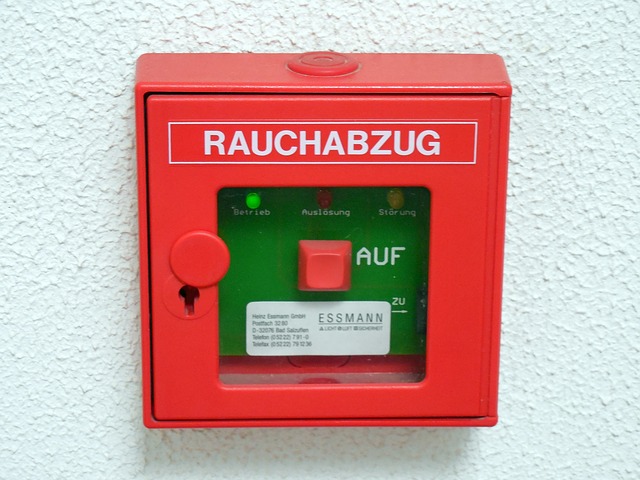An Overview of Fire Alarm Systems

Oftentimes, people assume that their sensory organs are sufficient to sniff out the smoke emanating from a nearby fire. By overestimating their detection abilities, they do not care enough to even invest in a basic fire alarm system.
But several studies show that people are unable to detect a fire unless it grows to a certain degree. Under such circumstances, it might be too late by the time someone notices the fire. A fire protection system is only as good as the alarm system that comes along with it.
There may be several methods to suppress flames, but accurately detecting a fire is as crucial as anything else. Whether you’re sleeping at home or engrossed in your work at the office, everyone needs a fire alarm to help them break out of their routine and rush to a pre-designated safe spot.
Fire drills, which are facilitated by alarm systems, can help save several lives without even using any firefighting measures. Here’s a quick look at how a basic fire alarm system works and the various types of fire alarms that have been made possible by technological advancements in the field.
How Does a Fire A larm System Work?
The essential function of a fire alarm system is to alert the building’s occupants to even a minor fire. This is done by attracting their attention either visually, audibly, or both. Before iterating the scientific principles that govern a conventional alarm system, it is worth noting that fire alarms are usually aided by another type of device such as a heat or smoke detector.

In the event a fire, the smoke or heat dissipated by the flames is picked up by a detection device. The device then proceeds to send an electronic signal to the fire alarm panel. The fire alarm control panel is often referred to the central hub of the entire system as it oversees the sending and receiving of all communication between the various components of an alarm system.
After picking up the initial notification of a fire, the panel activates sounders or flashers. The sophisticated modern-day control panels can even pinpoint the source of the fire and hence, alert only those individuals who are in close proximity of the fire.
Usually, a fire alarm system derives power from the main electric supply line of the building. However, batteries serve as a secondary source of power if electricity is disrupted as a result of the fire.
Types of Fire Alarm Systems
- Conventional Fire Alarm Systems
The circuit network in a conventional fire alarm system is such that any call points or detectors are physically wired to only the main control panel.
- Addressable Fire Alarm Systems
In an addressable alarm system, each of the detectors has a unique ‘address’ by means of a DIP switch. This helps the panel identify and address only the fire that has occurred in that particular section of the building.
- Intelligent Fire Alarm Systems

Here, the detectors themselves are able to assess if there is a fire or not as a computer device is incorporated into each of them, thereby making the detectors “intelligent”. In the previous systems, the detectors were only capable of producing an output signal with an assigned value. Intelligent Fire Alarm Systems also help prevent false alarms.
- Wireless Fire Alarm Systems
These alarm systems only utilize radio frequency signals to communicate with the control panel and detectors. By doing so, they are more efficient and initiate a quicker response than most traditional, cabled alarm systems.
